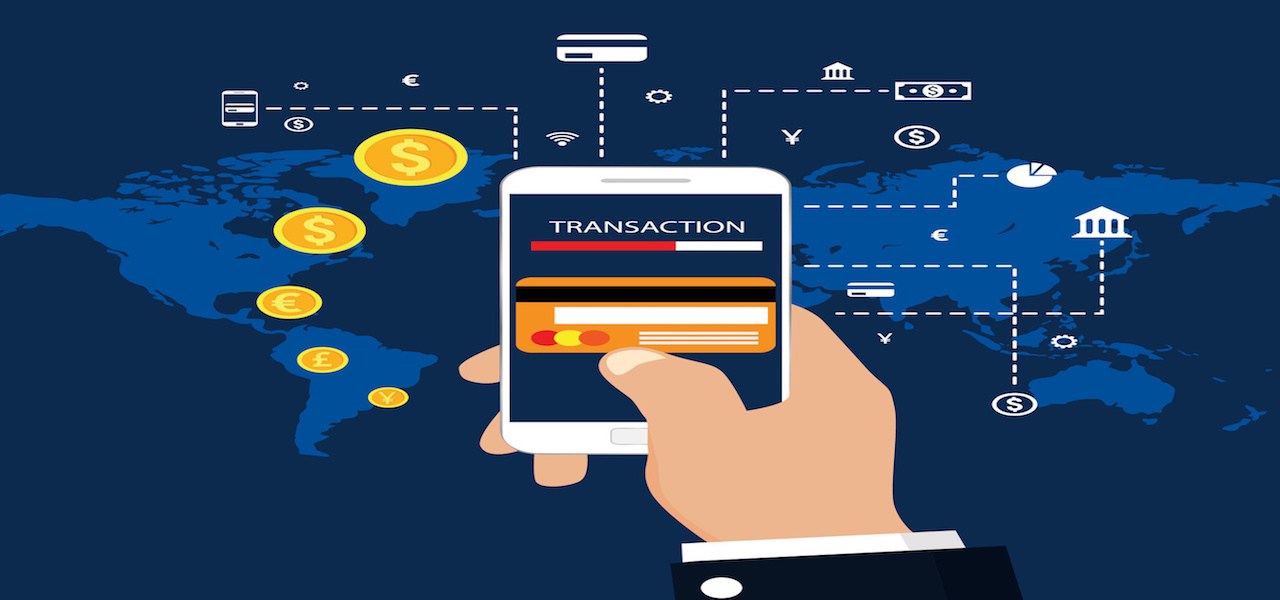In 2020, QR codes finally became cool

The quick response (QR) code has become one of the biggest symbols of the pandemic.
According to the latest Juniper Research report, some 5.3 billion QR code coupons will be redeemed by smartphones by 2022. This figure has been greatly boosted by the steep rise in QR code usage. And according to Statista, by the end of this year, an estimated 11 million households will scan a QR code. Cumulative growth of QR codes has ramped up in recent years, according to data by analytics platform Blue Bite. There was an overall 26% growth in the number of QR interactions from 2018 to 2019. 2020, however, marked a 35% increase in the number of interactions per object or sign.
QR technology first launched in the mid ’90s, and has traditionally been a way for brands to more easily market digital materials to physical customers. This year, however, the codes have risen to new heights; they’ve become a dominant way small businesses conduct payments, as as well made their way onto product packaging and in direct mail catalogues. What was once a tech add-on for display signs, has become a dominant marketing and commerce tool.
CVS, for example, launched its own QR code-enabled checkout last summer. On the e-commerce side, eBay launched its latest shipping feature this fall, which allows merchants to print shipping labels at a participating post office or fulfillment center via QR code. But beyond just making it easier for patrons to pay, retailers and brands have been increasingly using them for other purposes. Here are some of the ways brands in retail are embracing and encouraging the use of QR codes.
QR codes as marketing tool
Earlier this year, 1-800-Flowers.com implemented a custom QR code to market a collaboration with designer Jason Wu. The online florist’s customers received a QR code attached in their orders, and scanning them unlocked exclusive behind the scenes content from Wu. The collaboration marked the first of many pandemic-era QR-heavy campaigns.
Another brand that’s embraced on-premise QR codes is Stella Artois. During Thanksgiving week, Stella Artois launched branded stickers on Venmo to benefit the James Beard Foundation. For the sticker pack, in which Stella Artois worked with tech startup Holler, the brand pledged to donate $5 per sticker used from Nov. 13 to 27. Participating restaurants and bars displayed the code on signage, which prompted customers to search and add the Stella sticker to their payment when splitting the bill with friends or family.
With live event marketing still limited for alcohol companies, the beer brand was able to test the contactless method to reach customers at outdoor bars. Stella was only the latest alcoholic beverage company to launch Venmo stickers. Recently, Michelob Ultra, Smirnoff and Grey Goose launched similar marketing campaigns during the pandemic using QR codes.
“It’s a neat way to engage with consumers on the apps they use most,” said Laura Alito, director of marketing and communications of Anheuser-Busch’s premium division, who headed the campaign. Because the campaign is integrated with the already popular Venmo app, Stella Artois was able to also tap into that younger audience. According to the company, the campaign resulted in 1.8 million impressions for Stella Artois throughout the period.
QR-enabled customer service and brand experience
Brands like Ralph Lauren and Puma also recently began to print QR codes onto their products for post-purchase customer interactions. This year, Ralph Lauren began sewing labels with QR codes into garments as a means to track its supply chain with more transparency. The designer brand also displays the code in stores for access to interactive shopping trips.
Beginning in 2019, Puma took the trend a step further by covering its sneaker line with QR code patterns, which integrate with its stores’ augmented reality experience.
DTC candle brand Cadence Candle Co., which launched in 2019, has been integrating music playlists with its products via printed QR code. Each of the company’s candle scents is accompanied by a curated Spotify playlist, which have become even more popular among customers in recent months. The company’s “about” page or “meet the founder” page are both accessible via QR codes, printed on packaging. Initially, the idea was to go for a unique tech-based branding “that millennials and Gen Z customers can relate to,” said founder Taelor Salmon. “Then the pandemic happened, and so here we are.” Since then, the company’s branding has also been integrated into retail partners’ own marketing campaigns, such as Neighborhood Goods’ newsletter and social media.
Whether it’s thinking about product demos enabled with QR codes instead of touch screens or investing in digital experiences over traditional retail, 2021 is going to be different, said Maggie Bryan, director of UX at Stink Studios, a New York-based advertising agency. Since QR codes have become more ubiquitous, she said they’re likely to stick around and become an integral part of how people shop in a post-coronavirus world.
“What’s ‘cool’ about a QR code isn’t that it looks like something futuristic, it’s that it works like magic,” Bryan said. “They’re dorky but they are dead simple and work really, really well.”
